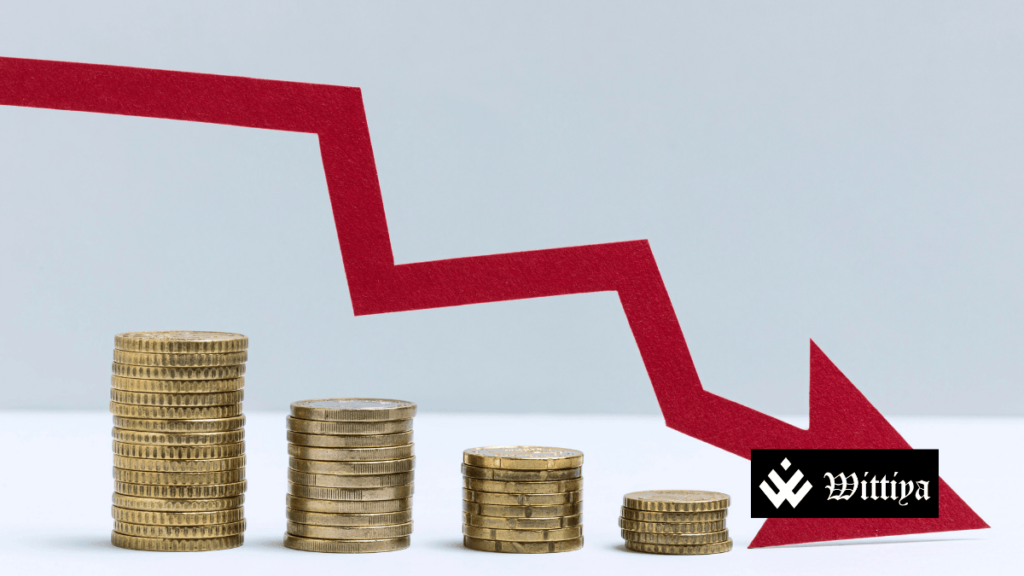The US dollar fell to a three-month low on March 6, 2025, as concerns over the economic impact of tariffs on Canada and Mexico grew. The Bloomberg Dollar Spot Index dropped by 0.6%, with the euro strengthening as Germany announced significant defense and infrastructure investments. Analysts suggest that the Federal Reserve may need to cut rates further, affecting the dollar’s stability.
The United States, on March 6, 2025, saw its currency hit a three-month low as economic concerns over newly implemented tariffs on Canada and Mexico grew. The Bloomberg Dollar Spot Index dropped 0.6%, reaching its weakest level since December 9, 2024. The dollar’s decline was most noticeable against the euro, which surged to $1.07 following Germany’s announcement of substantial defense and infrastructure investments.
Tariffs Weigh on Market Confidence
The recent US tariffs have sparked fears of a global trade war, leading to increased market volatility. Analysts believe that these trade measures could slow down economic growth, prompting major central banks to consider further interest rate cuts. Swaps indicate expectations of 71 basis points of Federal Reserve easing by the end of the year, up from 66 basis points just a few days ago.
“The US economy could slow down further and force the Fed to resume its easing cycle in the second half of the year,” said Valentin Marinov, head of global FX strategy at Credit Agricole CIB. He also noted that the Federal Reserve might be forced to end its quantitative tightening program to accommodate US President Donald Trump’s fiscal spending plans, which could further weaken the dollar.
Germany’s Strategic Investments Strengthen the Euro
Meanwhile, Germany’s move to increase military and infrastructure investments has provided a boost to the euro. The German government announced plans to unlock hundreds of billions of euros for national defense and infrastructure projects. This development sent the euro surging while causing German bonds to slump.
Deutsche Bank AG’s global head of FX strategy, George Saravelos, suggested that these changes in global economic policies could impact the traditional safe-haven status of the US dollar. “The strong recovery in the euro suggests that Europe’s star is rising, as the USD continues to lose its luster,” added Kathleen Brooks, research director at XTB.
As the global economy navigates trade tensions and shifting monetary policies, investors remain cautious about the long-term impact of these developments on currency markets.




